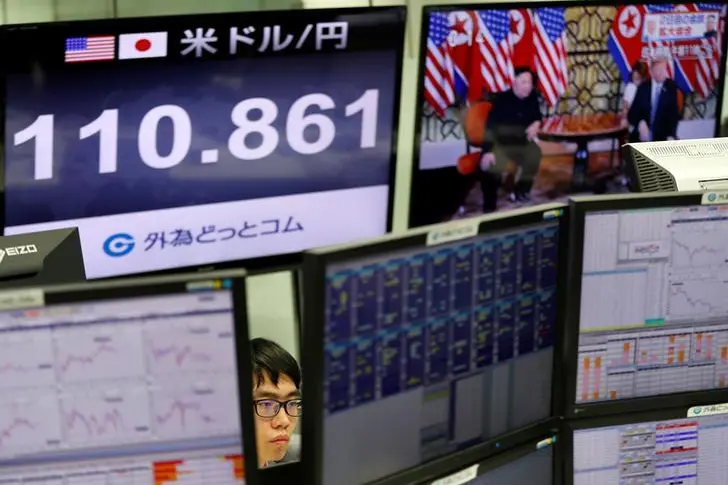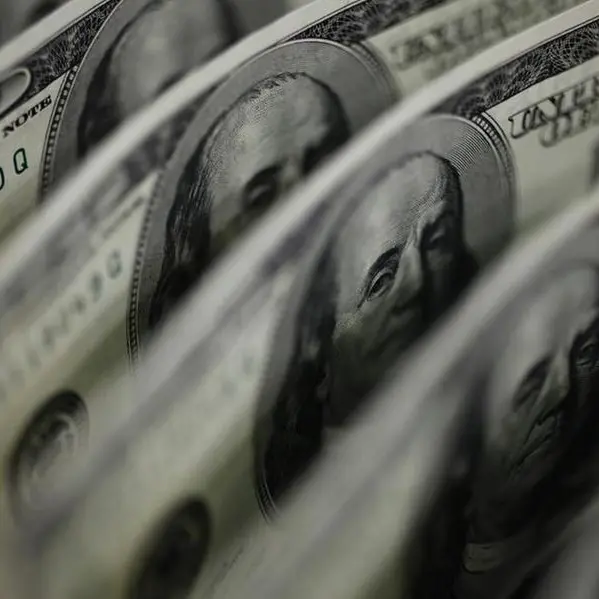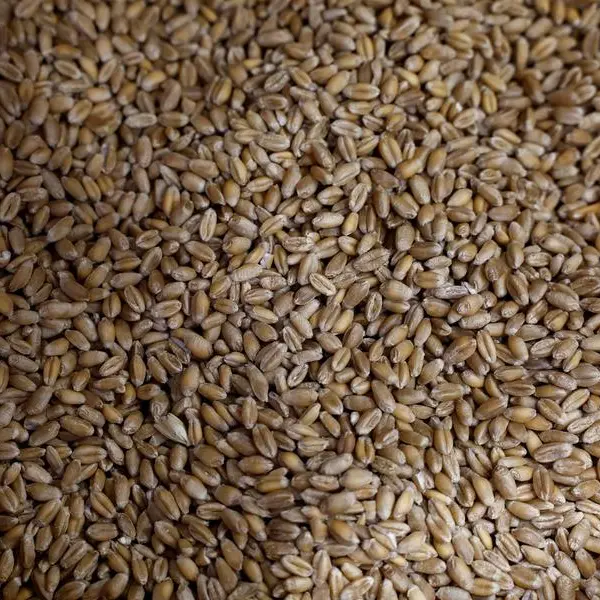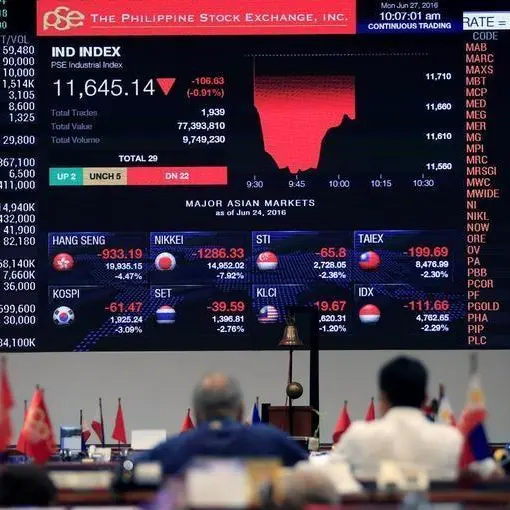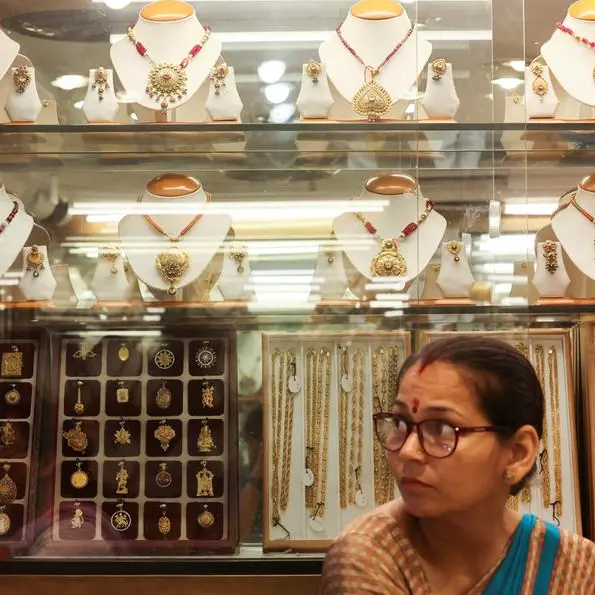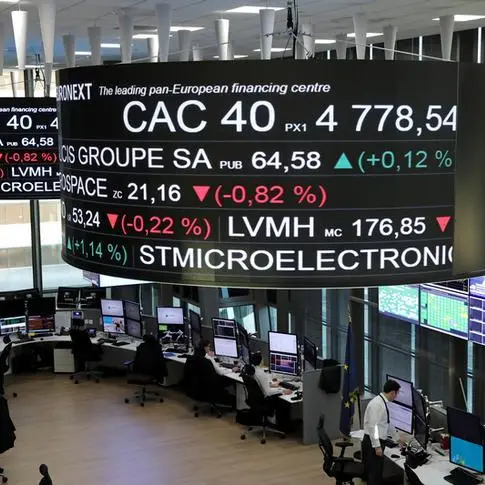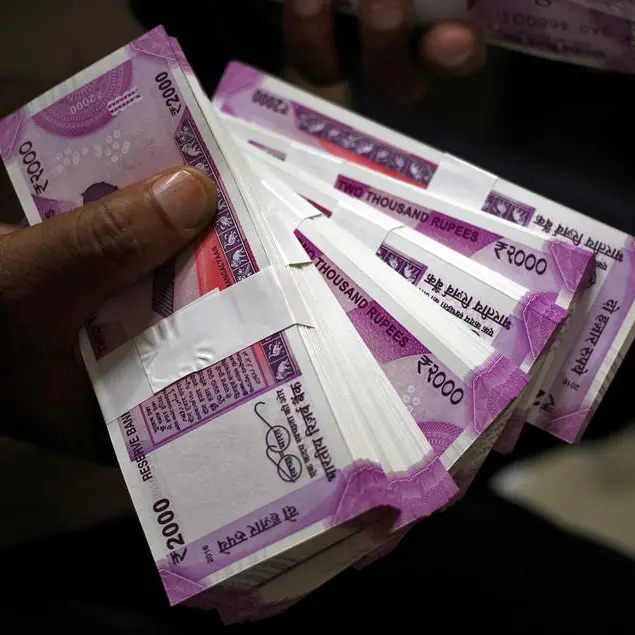PHOTO
HONG KONG - Japan Display’s rescue is an embarrassing necessity for Tokyo. An investor group is buying two thirds of the company for up to 80 billion yen ($714 million), a lowball price for the former national champion. It will fall into foreign hands, some of them Chinese, which could raise red flags. Yet managers have little choice but to pray the deal closes.
Japan Display was created with government funds in 2012. The idea was to fend off South Korean and Taiwanese rivals by merging Hitachi, Sony and Toshiba’s liquid-crystal display units. The deal created the world’s biggest maker of panels used in smartphones and tablet computers, but the company failed to stay competitive. It has lost money every year since 2015.
Despite multiple state bailouts, Japan Display, and all its domestically developed technology, now looks set to be taken over by outsiders on the cheap. Investors including Taiwanese flat-screen maker TPK and Chinese asset manager Harvest will acquire new shares and convertible bonds for 50 yen each, a 37 percent discount to Friday’s closing price, or 0.4 times book value. For comparison, South Korea’s LG Display trades at 0.6 times. The deal gives the consortium an initial 49.8 percent stake, which will rise to 65.4 percent after the bonds are converted to equity. State-backed Innovation Network Corporation of Japan will provide a 152 billion yen refinancing package, as well as a bridge loan to tide it over until the deal closes.
The announcement comes at a fraught time for U.S.-China relations, which might complicate the transaction. More than half of Japan Display’s 2018 sales came from Apple. A Chinese role in the takeover could therefore draw attention from the Committee on Foreign Investment in the United States; Japan Display has a subsidiary in San Jose, and the company’s fingerprint sensor technology could raise security concerns. Japan Display says a CFIUS filing isn’t necessary, but the regulator could request one anyway.
The company will be praying it won’t. Japan Display needs around 35 billion yen to continue as a going concern, and INCJ’s controversial decision to let Chinese money in suggests Tokyo wants to cut its losses. As humiliating as it looks, executives are unlikely to see a better offer.
CONTEXT NEWS
- Japan Display said on April 12 it has agreed to a 232 billion yen ($2.1 billion) rescue deal from a consortium of Chinese and Taiwanese investors and state-backed Innovation Network Corporation of Japan.
- A vehicle called Suwa Investment will invest up to 80 billion yen into the company through the acquisition of shares and convertible bonds, Japan Display said in a statement.
- INCJ, which already holds a stake in the company, will provide Japan Display with a 77 billion yen five-year loan and accept a debt-to-preferred equity swap totaling 75 billion yen.
- Suwa will own 49.8 percent of Japan Display following the deal, replacing INCJ as the company’s top shareholder. Suwa’s stake will increase to 65.4 percent after its bonds are converted to equity.
(Editing by Pete Sweeney and Katrina Hamlin)
© Reuters News 2019
